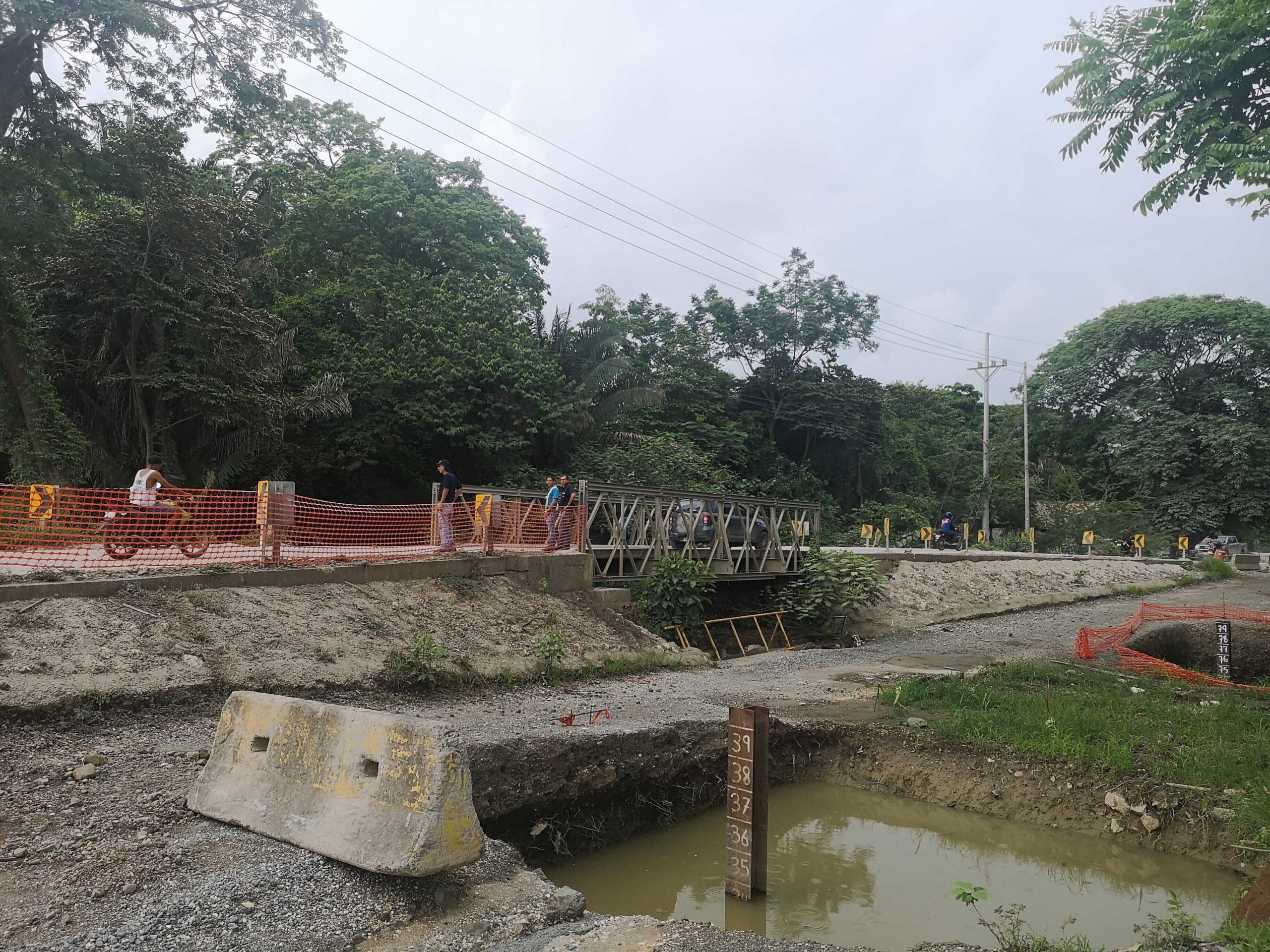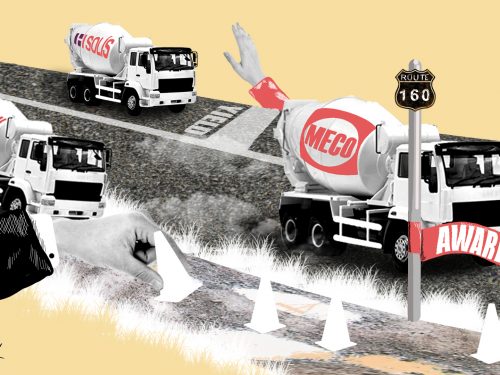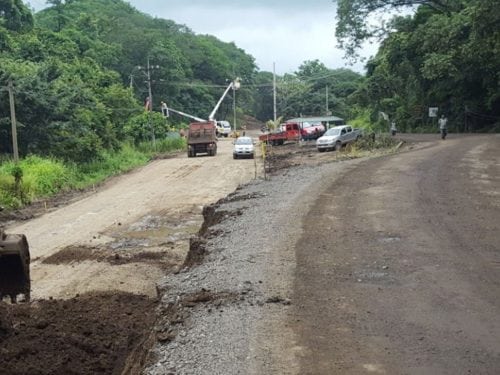
The community of Nosara will have to wait until the beginning of 2023 to see new bridges over Route 160, on Rempujo, Sube y Baja and Esperanza ravines. In December of 2021, the Comptroller General of the Republic (CGR) approved the budget modification that will allow the National Highway Council (CONAVI-Consejo Nacional de Vialidad) to resume the project, confirmed CONAVI’s press department.
Construction will begin in early March and will take about a year. CONAVI calculates that it will finish the project in March of 2023.
CONAVI stopped construction on the bridges in April of 2020, when work was only 10% complete. The institution said that its work teams had problems calculating and budgeting materials for all of the work, such as concrete, steel, granular material, asphalt materials and piles. That’s why they needed authorization from the CGR to increase the budget and continue with the work.
In the beginning, there was a budget, but [CONAVI’s] Construction Management is responsible for the construction phase, and this is where [they] determined [that there were] shortages. One of the reasons why the cost increases is due to the unpredictable geotechnical conditions present [in the field],” CONAVI’s press department assured.
The Infrastructure Works Construction Company (CODOCSA for the Spanish acronym), in charge of the construction, placed two bailey bridges so as not to paralyze vehicular transportation during the rainy season. These are still functioning on the road almost two years after they were put up.
Budget Delays
In June of 2020, the institution assured The Voice of Guanacaste that work would resume in 2021, but no progress was made on the project during that year.
CONAVI sent the first addendum for ₡643 million (about $1,020,000) in December of 2020. However, the CGR rejected the request in February of 2021. At that time, the CGR stated that CONAVI didn’t have sufficient resources for the work and recommended waiting for the 2022 budget to start negotiations.
Afterward, the institution sent another request for the 2022 budget for more than ₡1.1 billion (about $1,746,000), which was added to the already ₡1.2 billion ($1,904,000) originally budgeted.
In total, the work will cost the State more than ₡2,357,000,000 (about $3,741,270), according to CONAVI.
Promises about the Route
Construction of the bridges began in December of 2019. It was included in a set of promises about Route 160 made by the first lady, Claudia Dobles, who is coordinator of the Chorotega Region, in November of that same year.
At that time, Dobles, along with the Minister of Public Works and Transportation, Rodolfo Mendez Mata, promised that “the first 10 kilometers of road between Garza and Nosara would be ready in five months.” Along with this work, Mendez stated that they would deliver three two-way bridges.
In April of 2021, the institutions delivered on the first 10 paved kilometers of Route 160. However, there are sections of the road that are part of the bridge project, so they’ll continue to be gravel until all of the works are completed.
Although there were already bridges over these ravines before Dobles’ project, during the Minister of Public Works and Transportation’s visit to the town in 2019, he affirmed that these structures were already old and diminished opportunities for tourism and economic reactivation in the area.
The Voice of Guanacaste consulted the President of the Nosara Integral Development Association (ADIN for the Spanish acronym), Marco Avila, on the subject. However, as of publication time, we hadn’t received a response.
On previous occasions, Avila affirmed that ADIN was constantly putting pressure on the institutions to resume work. “We understand that there is a pandemic, but we will still insist,” the leader said in 2020.







Comments